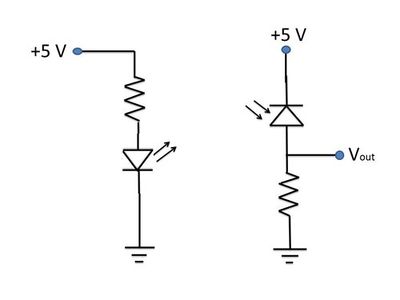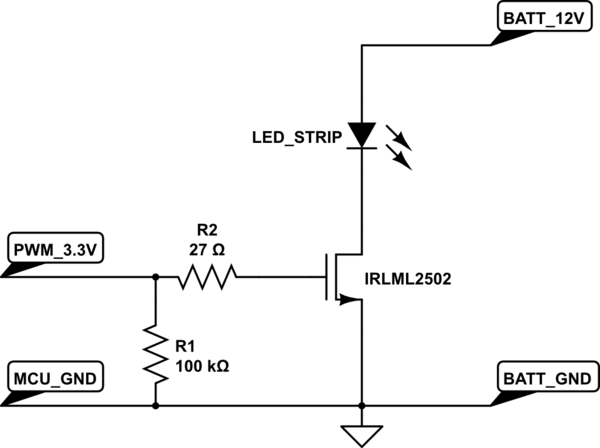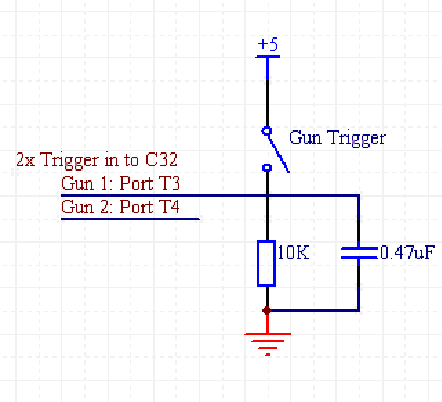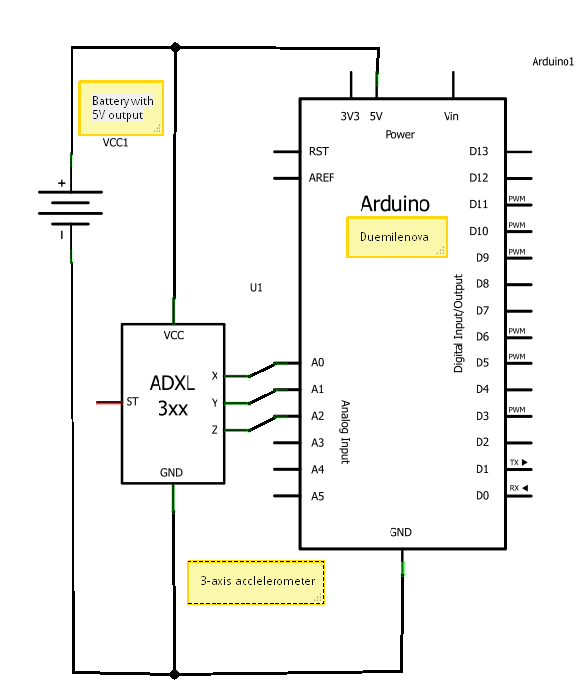
Laser Trip Mine
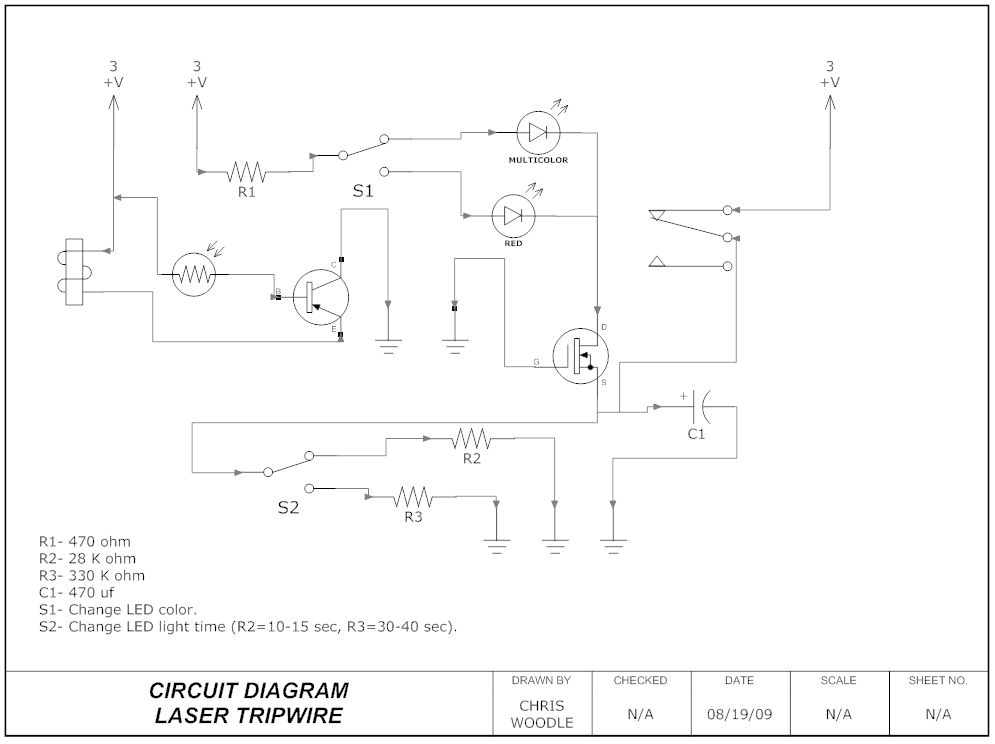
This guide will teach how to create a laser trip mine. If an individual crosses the laser's path, it has been designed to activate an LED, but you can...
To construct a laser trip mine, the circuit typically consists of a laser module, a photodiode or phototransistor, and an LED as an indicator. The laser module emits a coherent beam of light that travels in a straight line. When an object interrupts this beam, the light is blocked from reaching the photodiode or phototransistor, which is sensitive to the laser's wavelength.
The photodiode or phototransistor is connected in such a way that it remains in a low state when the laser beam is uninterrupted. Once the beam is interrupted, the photodetector switches states, sending a signal to a microcontroller or a simple transistor circuit. This signal can be used to activate the LED, which serves as a visual indicator that the trip mine has been triggered.
To build the circuit, the following components are essential:
1. **Laser Module**: A small laser pointer can be used as the source of the laser beam.
2. **Photodiode/Phototransistor**: This component detects the presence of the laser light. A phototransistor is generally preferred for its higher sensitivity and ease of use.
3. **LED**: The light-emitting diode that will illuminate when the laser beam is interrupted.
4. **Resistors**: These are used to limit current and protect the LED and phototransistor.
5. **Power Supply**: A battery or power source that provides the necessary voltage for the circuit.
The circuit can be assembled on a breadboard for initial testing. The laser module should be positioned to direct its beam towards the photodetector. The photodetector should be connected to a transistor that will control the LED. When the laser light falls on the photodetector, it will keep the transistor in the off state, preventing current from flowing through the LED. Once the beam is interrupted, the photodetector will trigger the transistor, allowing current to flow and lighting up the LED.
This project can be expanded by incorporating additional features, such as sound alarms or remote notifications, to enhance its functionality. Safety precautions should be taken when using lasers to avoid eye damage. Proper alignment of the laser and detector is crucial for reliable operation.This instructable will teach you how to make a laser trip mine. If someone steps in the lasers path I have gotten it to set off a L.E.D., but you can.. 🔗 External reference
To construct a laser trip mine, the circuit typically consists of a laser module, a photodiode or phototransistor, and an LED as an indicator. The laser module emits a coherent beam of light that travels in a straight line. When an object interrupts this beam, the light is blocked from reaching the photodiode or phototransistor, which is sensitive to the laser's wavelength.
The photodiode or phototransistor is connected in such a way that it remains in a low state when the laser beam is uninterrupted. Once the beam is interrupted, the photodetector switches states, sending a signal to a microcontroller or a simple transistor circuit. This signal can be used to activate the LED, which serves as a visual indicator that the trip mine has been triggered.
To build the circuit, the following components are essential:
1. **Laser Module**: A small laser pointer can be used as the source of the laser beam.
2. **Photodiode/Phototransistor**: This component detects the presence of the laser light. A phototransistor is generally preferred for its higher sensitivity and ease of use.
3. **LED**: The light-emitting diode that will illuminate when the laser beam is interrupted.
4. **Resistors**: These are used to limit current and protect the LED and phototransistor.
5. **Power Supply**: A battery or power source that provides the necessary voltage for the circuit.
The circuit can be assembled on a breadboard for initial testing. The laser module should be positioned to direct its beam towards the photodetector. The photodetector should be connected to a transistor that will control the LED. When the laser light falls on the photodetector, it will keep the transistor in the off state, preventing current from flowing through the LED. Once the beam is interrupted, the photodetector will trigger the transistor, allowing current to flow and lighting up the LED.
This project can be expanded by incorporating additional features, such as sound alarms or remote notifications, to enhance its functionality. Safety precautions should be taken when using lasers to avoid eye damage. Proper alignment of the laser and detector is crucial for reliable operation.This instructable will teach you how to make a laser trip mine. If someone steps in the lasers path I have gotten it to set off a L.E.D., but you can.. 🔗 External reference


